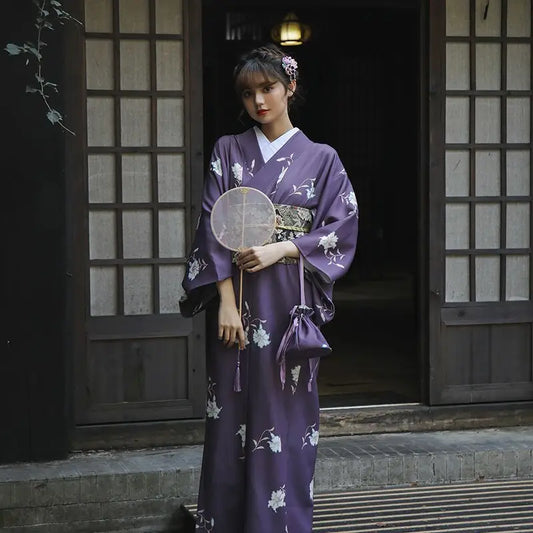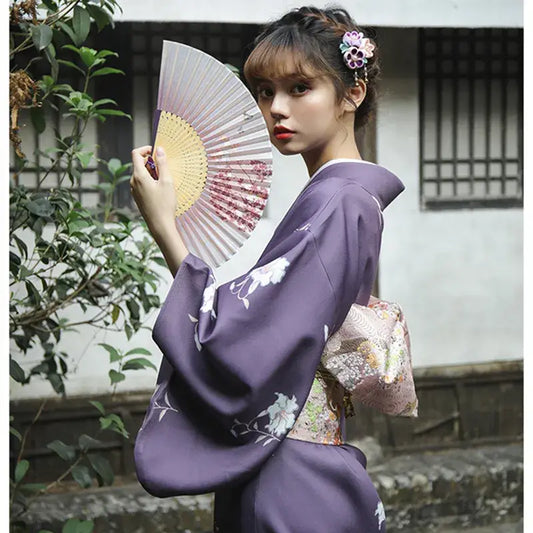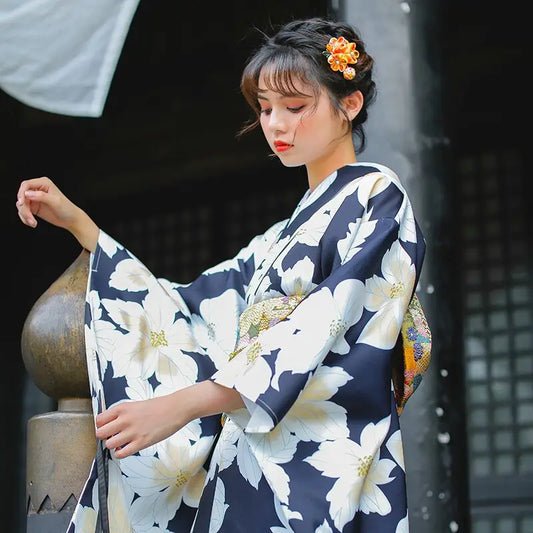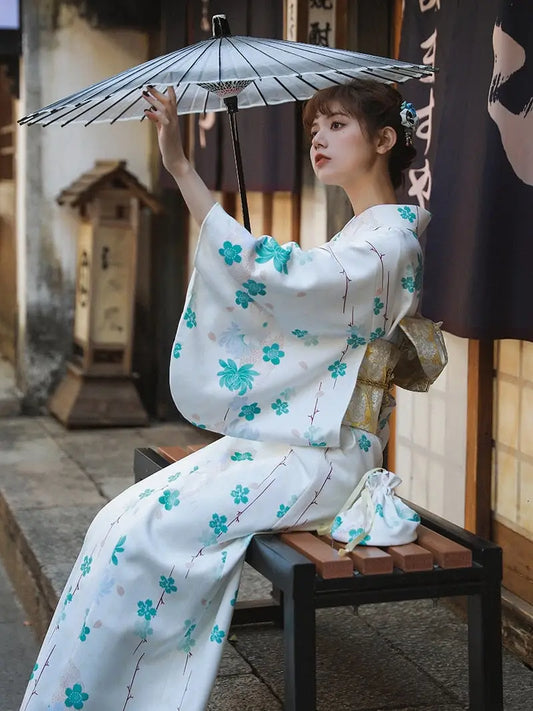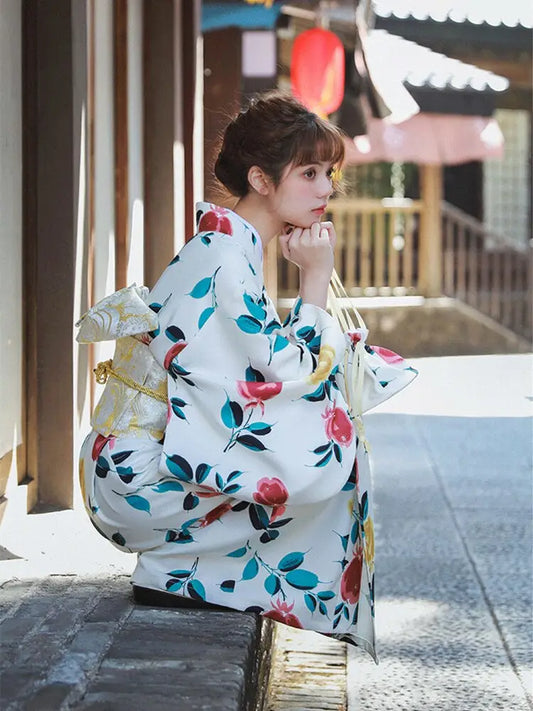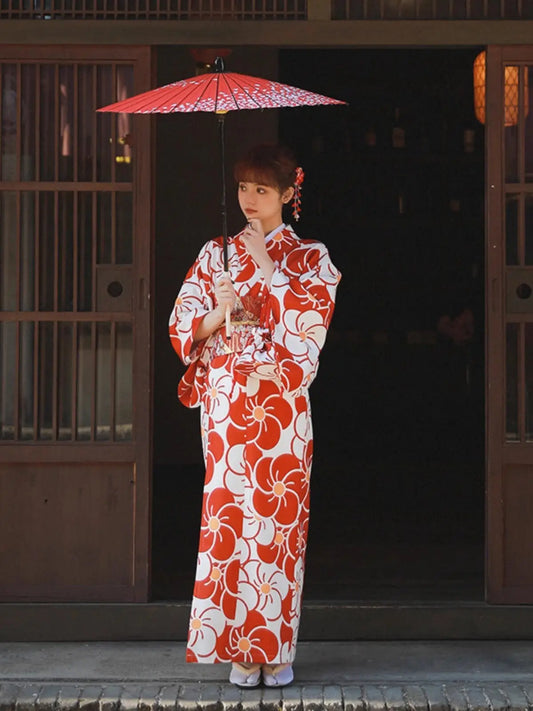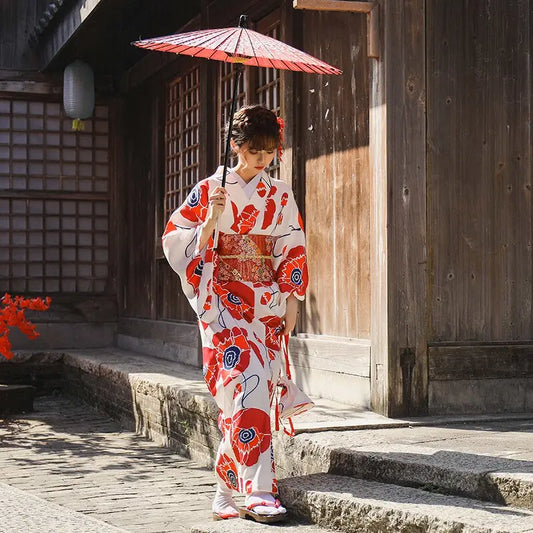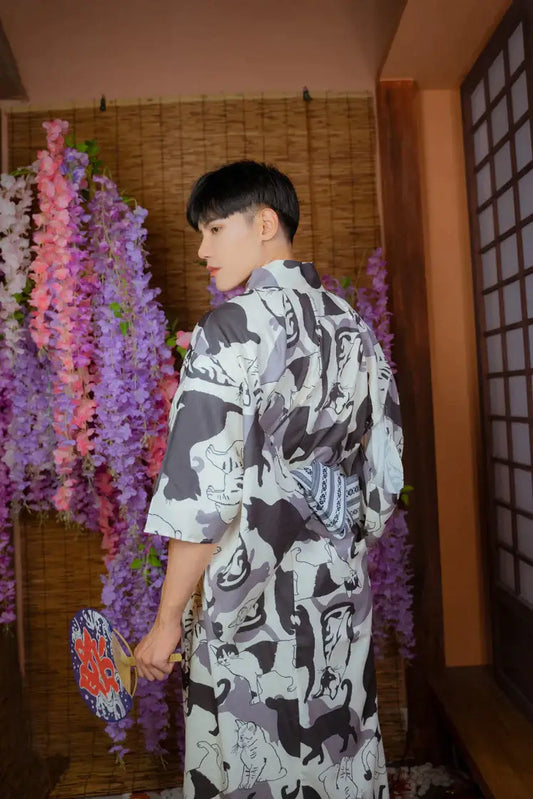The Essence of Purity: Discover the White Kimono
Step into a world of elegance and spiritual symbolism with the timeless beauty of the White Kimono. Revered for its serene color, flowing lines, and cultural depth, the white kimono is more than an article of clothing — it's a canvas of tradition, purity, and refined grace. From sacred rituals to high fashion, this garment transcends trends and speaks to something eternal within Japanese culture.
Whether worn for weddings, tea ceremonies, spiritual rites, or modern reinterpretations on the runway, the white kimono radiates clarity, dignity, and quiet power. It's a garment that doesn’t shout, but rather whispers volumes through form and fabric.
A History Woven in White: Origins and Cultural Significance
In Japanese tradition, white (shiro) symbolizes purity, mourning, spiritual readiness, and new beginnings. The white kimono appears prominently in several key life stages:
-
Weddings: The bride wears a shiromuku — a full white ensemble representing purity and submission to a new family.
-
Funerals: The deceased may be dressed in a simple white kimono as a symbol of departing the physical world.
-
Shinto Ceremonies: Priests and shrine maidens (miko) often wear white robes to signify spiritual cleanliness.
-
Noh and Kabuki: Characters in white express transcendence, spirit forms, or ethereal beings.
| Occasion | Kimono Name | Symbolism |
|---|---|---|
| Wedding | Shiromuku | Purity, new life, humility |
| Funeral | Shinishozoku | Departure, peace, reverence |
| Ritual | Hakue or Hō | Cleanliness, sanctity |
| Fashion | Modern Yukata or Haori | Minimalism, rebirth, grace |
Through these many expressions, the white kimono has become an archetype of emotional and ceremonial depth in Japanese culture.
Why the White Kimono Captivates
There is a reason why artists, designers, and cultural enthusiasts are continually drawn to the white kimono. Its simplicity is powerful, and its presence commands quiet attention.
Symbolism: White is not just a color — it's an expression of clarity, truth, and soul.
Versatility: Despite its ceremonial roots, modern variations of the white kimono are used in streetwear, photography, performances, and couture fashion.
Layered Meaning: A single garment can signify peace, transformation, honor, or surrender depending on the context.
Minimalist Impact: With no bold patterns or loud colors, the white kimono emphasizes silhouette, fabric quality, and movement.
Photogenic Elegance: A stunning piece for weddings, editorials, or ceremonial portraiture.
In short, wearing a white kimono is like stepping into a living poem — simple, profound, and endlessly expressive.
Styling the White Kimono: Tradition Meets Modern Vision
Styling a white kimono depends on the context — sacred or fashion-forward, subtle or avant-garde. Here’s how to bring the look to life:
| Styling Theme | Components | Footwear | Accessories |
| Bridal Classic | Shiromuku set with layered obi | Zōri sandals | Kanzashi hairpins, white tsunokakushi veil |
| Street Minimal | Lightweight yukata-style kimono + belt | Platform slides | Metallic belt, ear cuffs |
| Avant-Garde | Layered white kimono with asymmetry | Chunky boots | Techwear accents, statement shades |
| Traditional Grace | Silk kimono + hakama pants | Split-toe shoes | Tabi socks, sensu (folding fan) |
| Boho Fusion | Sheer kimono as outerwear over dress | Wedges | Beaded necklace, layered rings |
Pro Tips:
-
Let the fabric flow: White enhances every ripple and fold.
-
Contrast with bold textures or metallics.
-
Add pops of color through obi belts or subtle accessories if desired.
Complementing the White Kimono: Pairings That Matter
To complete your ensemble, select thoughtful additions that align with the kimono’s clean and symbolic look.
| Complement | Effect |
| Ivory or pearl obi | Elegance without overpowering purity |
| Gold or silver obi-jime (cord) | Adds sheen and celebratory tone |
| Subtle floral kanzashi | Embodies nature and grace |
| Folded fan or prayer beads | Ceremonial depth |
| Statement haori or cape | Contrast and modern layering |
Whether your goal is spiritual expression or editorial drama, these pairings enhance the purity without disturbing it.
White Kimono as a Living Symbol
The white kimono is more than a garment — it is a symbol of transition, peace, purity, and new beginnings. It invites introspection, reverence, and appreciation for detail and history. Wearing one is a quiet but profound act — a nod to centuries of cultural ritual and an embrace of elegance that defies time.
Whether you're stepping into a sacred ceremony or styling it for a modern moment, the white kimono carries its message in every line and layer.

